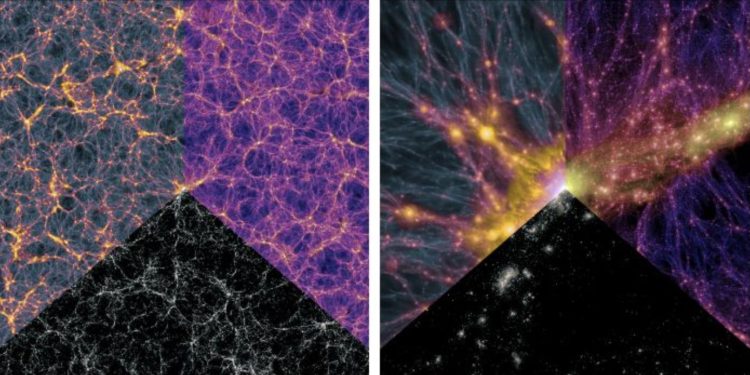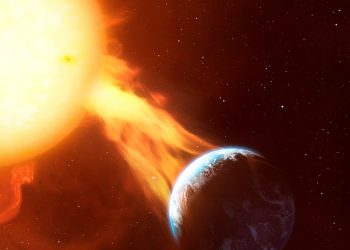For more than two decades, the standard model of cosmology has served as the bedrock for explaining the structure of our universe. From how galaxies are distributed to the nature of cosmic forces, this model has consistently proven reliable. However, as explained by Reader of Astrophysics, Liverpool John Moores University, new findings challenge this long-standing theory. Could it be that the universe is smoother than predicted? And if so, are we on the brink of a scientific revolution?
Cracks in the Standard Model?
Cosmologists have spent years fine-tuning the standard model to reflect what we see in the cosmos. But recent data from surveys measuring the large-scale structure of the universe suggest that the distribution of matter might not match the model’s predictions. In simple terms, the universe appears less “clumpy” than it should be. This unexpected smoothness has left scientists scratching their heads.
The reason this matters is that the standard model has been our best explanation for how the universe behaves. However these new observations imply that something crucial might be missing from our understanding. Could it be an overlooked force, or is there a deeper flaw in the model itself?
Understanding the Early Universe
To get a grip on the current puzzle, we need to revisit the origins of the universe. Our knowledge of these early stages comes largely from the cosmic microwave background (CMB) – a type of radiation left over from the Big Bang. This radiation has helped scientists build a detailed picture of the universe’s infancy.
Back then, the universe was a hot, dense place, filled with particles and energy tightly packed together. As the universe expanded, it cooled, and regions with slightly higher concentrations of matter began to form galaxies, stars, and planets. The CMB tells us that, at this early stage, the universe was remarkably uniform, with only tiny variations in density – the seeds from which all cosmic structures would grow.
The standard model uses this early data to predict how matter should be distributed today. But according to new measurements, there’s a mismatch between these predictions and the current layout of the universe.
The S8 Tension: What It Means
This discrepancy is known as the S8 tension. S8 is a parameter that describes how clumped or smooth the universe is today. Recent surveys, including the Dark Energy Survey and the Kilo Degree Survey, have found that the universe is less clumped than expected based on predictions from the standard model. This difference may seem small, but it could indicate a significant gap in our understanding of how the universe works.
Some cosmologists argue that this tension could be the result of errors in our measurements. Others, however, believe it could point to something much more profound—perhaps an entirely new force of nature or a need to revise our theories about dark matter and dark energy.
What’s Causing the Tension?
There are a few possible explanations for this tension. One idea is that our understanding of dark energy—the force responsible for accelerating the universe’s expansion—might be incomplete. It’s also possible that dark matter, the mysterious substance that makes up most of the universe’s mass, interacts in ways we haven’t yet discovered.
More radical theories suggest that Einstein’s theory of gravity might need adjusting at cosmic scales. If true, this would represent a seismic shift in our understanding of fundamental physics. However, any adjustments would need to account for the many successes of the standard model, which has explained numerous cosmic phenomena with remarkable accuracy.
New Observations on the Horizon
While the S8 tension has yet to definitively break the standard model, it’s clear that further investigation is needed. Fortunately, upcoming projects like the Euclid satellite and the Rubin Observatory are set to provide even more precise measurements of the universe’s structure. These tools will allow scientists to test current theories and, potentially, find the missing pieces of the puzzle.
We’re living in a time when our understanding of the universe could be on the cusp of a major breakthrough. Whether this tension leads to the discovery of new cosmic forces or simply refines our current models, the next few years promise exciting developments for cosmologists and astronomy enthusiasts alike.











